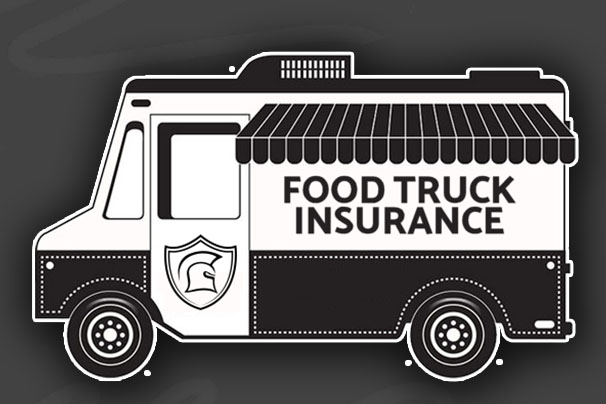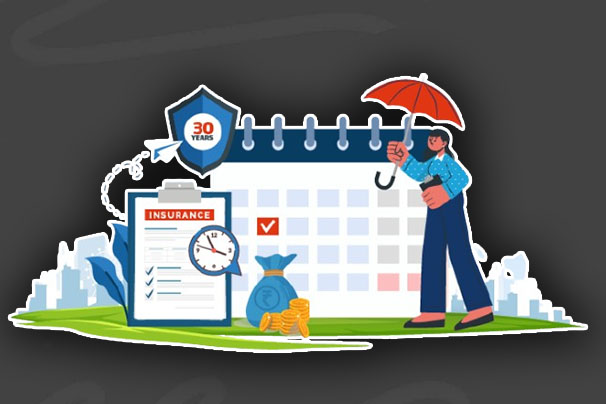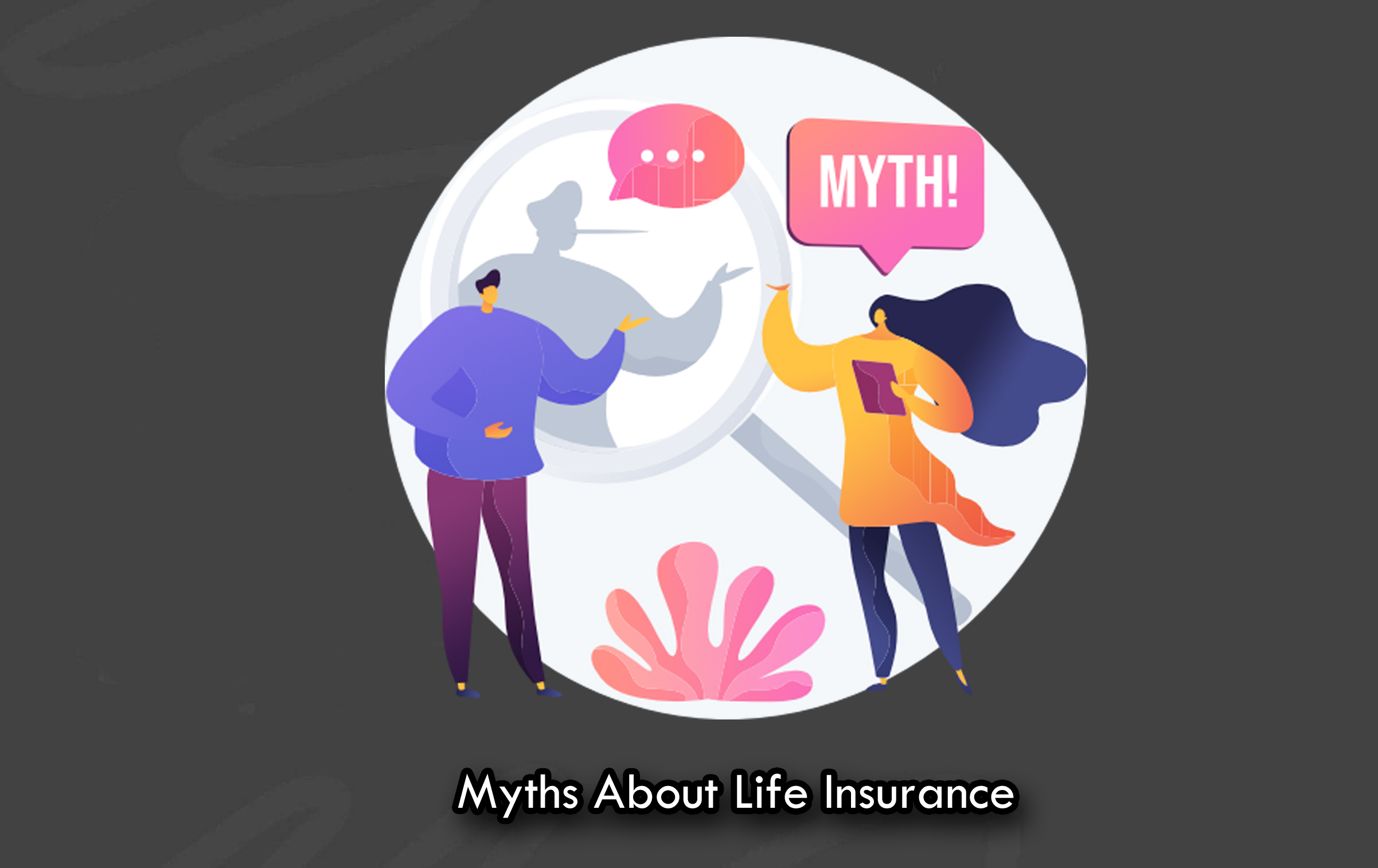Independent Contractor Insurance has so much importance to these people in their work fields because of the solution it provides. Contractors play a vital role in the modern workforce, offering specialized skills and services across industries. Unlike traditional employees, independent contractors operate as their own businesses, handling projects, managing clients, and taking on significant risks. As a result, having the right insurance coverage is crucial to protect against unexpected liabilities, accidents, or financial losses.

Furthermore, Independent contractor insurance is an essential investment for self-employed individuals, offering financial protection, credibility, and peace of mind. By understanding your risks, comparing policies, and selecting tailored coverage, you can safeguard your business and focus on delivering exceptional work.
What Is Independent Contractor Insurance?
Independent contractor insurance refers to a collection of insurance policies designed to protect self-employed individuals and small business owners from financial risks. Since independent contractors are not covered by an employer’s insurance, they must secure their own coverage to protect their work, assets, and reputation.
Why Is Independent Contractor Insurance Important?
Here are reasons why this insurance is important for independent contractors:
Protection against Liability
Without insurance, these independent contractors are personally liable for any damage, injury, or errors that occur during their work. Furthermore, this insurance shields contractors from lawsuits and compensation claims.
Compliance with Client Requirements
Many clients or employers require proof of insurance before they work with independent contractors to ensure they’re protected against risks associated with the project.
Professionalism and Credibility
Having insurance demonstrates a level of professionalism that reassures clients that the contractor is prepared to handle risks responsibly.
Financial Security
Insurance mitigates the financial burden of unexpected events, such as accidents, equipment damage, or lawsuits, allowing contractors to focus on their work without fear of losing assets.
Types of Insurance for Independent Contractors
The different types of contractor insurance include:
General Liability Insurance
This is one of the most essential policies for contractors, which covers:
- Bodily injury claims (e.g., a client trips and falls at your workspace).
- Property damage caused during the course of work.
- Legal defense costs if you’re sued.
Professional Liability Insurance (Errors & Omissions Insurance)
This type protects against claims of negligence, mistakes, or failure to deliver promised results. What’s more, this is especially important for consultants, designers, and other service providers.
Commercial Auto Insurance
This covers vehicles used for business purposes, protecting against accidents, damage, and liability while driving for work.
Workers’ Compensation Insurance
If you hire subcontractors or employees, workers’ compensation is necessary to cover medical expenses and lost wages due to work-related injuries or illnesses.
Tools and Equipment Insurance
This insurance covers the cost of repairing or replacing tools and equipment essential to your business. It covers tools such as laptops, machinery, or specialized tools.
Health and Disability Insurance
Independent contractors are responsible for their own health coverage. Furthermore, disability insurance ensures income protection if you’re unable to work due to injury or illness.
How to Choose the Right Insurance
Before you make a final decision on the insurance policy to get, here are some things you must first do:
Assess Your Risks
You must consider the nature of your work, your industry, and the specific risks you face.
Determine Client Requirements
Also, you must review any contracts or agreements with clients to identify specific insurance requirements, like the minimum coverage limits or types of policies.
Compare Providers
Shop around and get quotes from multiple insurers. Additionally, you must look out for Competitive premiums, comprehensive coverage options, and their reputation for handling claims efficiently.
Customize Your Coverage
Many insurers offer tailored policies for independent contractors. Moreover, you must ensure that the coverage aligns with your unique business needs.
Check for Bundling Discounts
If you need multiple policies, bundling them with one insurer can lead to significant savings.
What Is The Cost Of Insurance?
The cost of insurance depends on several factors, including:
- Industry and Type of Work: High-risk jobs like construction may have higher premiums.
- Location: Insurance costs vary based on regional risks and regulations.
- Coverage Limits: Higher coverage amounts result in higher premiums.
- Claim History: A clean history of no claims often results in lower rates.
On average, general liability insurance for independent contractors can cost between $300 and $1,500 annually. Additional policies, such as professional liability or tools insurance, will add to the overall cost.
Common Mistakes to Avoid When Buying A Policy
When buying an insurance policy, there are important things you must look out for to avoid errors. Common mistakes that must be avoided include:
Ignoring Policy Exclusions
Review the exclusions in your policy to understand what isn’t covered. This helps prevent surprises during claims.
Underestimating Coverage Needs
Avoid skimping on coverage to save money. Also, insufficient insurance can expose you to significant financial risks.
Not Getting Proof of Insurance
Always request a certificate of insurance to share with clients or keep for your records.
Failing to Update Coverage
As your business grows or changes, your insurance needs may evolve. You must regularly review and update your policies to reflect your current risks.
Frequently Asked Questions
Here are some frequently asked questions you can check out:
Is independent contractor insurance mandatory?
In most cases, it’s not legally required, but some clients or industries may mandate specific policies. For example, general liability insurance is often a common requirement.
Can I deduct insurance premiums from my taxes?
Yes, premiums for business-related insurance are typically tax-deductible. Consult a tax professional for specific guidance.
How do I prove I’m insured to a client?
Request a certificate of insurance from your insurer. This document outlines your policy details and serves as proof of coverage.








